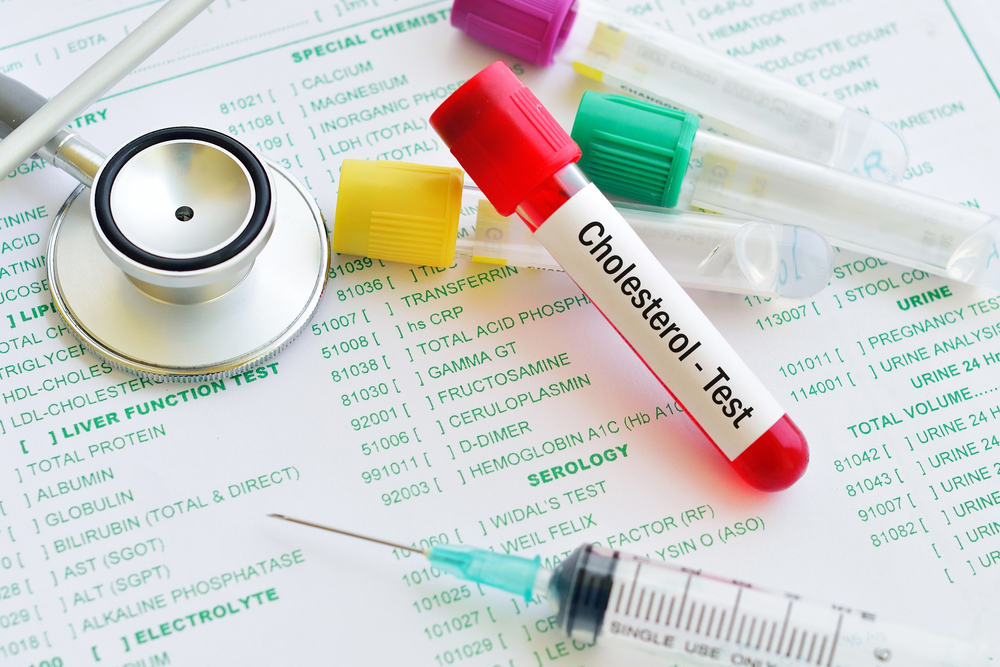
4 Ways Men Can Sustain Wellness
7 deadly diseases prevention in men shows that the diseases that lead to death are avoidable if certain preventive measures are taken on time.
7 deadly diseases prevention in men discusses high blood pressure, high cholesterol, diabetes, and colorectal cancer. Others are prostate cancer, bladder cancer, and hyper-homocysteinemia. Hence, going for routine regular medical checks is a crucial part of basic prevention medicine.
The following explains the medical check procedures required. And then advises who to test and how often. And lastly clarifies the benefits of early detection on prevention.
High Blood Pressure (Hypertension)

High blood pressure is a condition when the force of the blood against your artery walls is high enough to cause heart disease eventually.
Medical check procedures
A blood pressure test is a simple way to check if your blood pressure is too high or too low. You can also carry out blood pressure tests at home using your digital blood pressure monitor.
At the end of the test, high blood pressure is classified as 140/90. While borderline blood pressure is 130-140/85-90.
Who to test and how often
Adults with a most recent normal blood pressure of 130/85 should be checked at least every other year.
Adults with borderline blood pressures 130-140/85-90 should be rechecked in 3-6 months.
Benefits of early detection on prevention
Evidence shows that treatment of high blood pressure can reduce the risk of heart disease, stroke, and kidney failure. In addition, adults with borderline blood pressure can benefit from lower blood pressure. Therefore, discuss with your doctor salt intake, exercise, and stress management.
High Cholesterol

This is an excess of cholesterol in the bloodstream which can increase your risk for heart disease.
Medical check procedures
Your doctor will check your cholesterol levels with a blood test called a lipid profile.
Who to test and how often
Your LDL cholesterol levels should be less than 100 mg/dL. Hence, if your LDL cholesterol is less than 130, and over 20 years, you should have a lipid panel every 5 years. And every 1-3 years if your LDL cholesterol is borderline (between 130 and 160).
Benefits of early detection on prevention
Lowering high or borderline LDL cholesterol, and increasing low HDL, is beneficial in heart attack and stroke prevention.
Also important is to get rid of different factors that contribute to high blood cholesterol. Such as smoking, an unhealthy diet, and lack of exercise.
Diabetes

Diabetes is a condition when your body does not produce enough or respond normally to insulin. Hence causing elevated blood sugar (glucose).
Medical check procedures
The fasting plasma glucose (FPG) test or the A1C test is often used to diagnose diabetes. In some cases, random plasma glucose (RPG) tests may be used.
Who to test and how often
If you are healthy and over 45 years, you should have your FPG levels checked every 3 years. Likewise, if you are at a higher risk of developing diabetes, you should be checked more frequently. You are at higher risk if you:
- Are overweight
- Have blood relatives with adult-onset diabetes
- Are African, African-American, Hispanic, or Asian
Benefits of early detection on prevention
Diabetes can cause hardening of the arteries leading to a heart attack. It can also compromise arterial circulation to the legs and feet, as well as damage nerves, eyes, and kidneys.
The good news is that you can prevent diabetes through fewer intakes of processed foods, regular exercise, and weight loss. This is more critical, especially in men at higher risk of developing diabetes.
Colorectal Cancer

Colorectal cancer starts in the colon or the rectum. It can be called colon cancer or rectal cancer.
Medical check procedures
There are three tests depending on your medical status as follows:
Stool occult blood test. This is a chemical test to detect trace amounts of blood in your stool.
Flexible sigmoidoscopy. This is a quick and easy procedure that allows direct visualization and biopsy of suspicious lesions but causes some discomfort.
Colonoscopy. A flexible, lighted tube called a colonoscope is inserted into your rectum and the entire colon to look for polyps or cancer. This is done under sedation.
Who to test and how often
If you are healthy, you should have stool occult blood tests and flexible sigmoidoscopy at age 50. Then follow with stool occult blood annually and flexible sigmoidoscopy every 5 years.
Alternatively, instead of flexible sigmoidoscopy, you can undergo colonoscopy at age 50. Then follow every 10 years if no prior history of polyps or cancer.
If you are at higher risk with a family/personal history of colon polyps or cancer, or ulcerative colitis, you need a colonoscopy earlier and at shorter intervals.
Benefits of early detection in prevention
All three tests reduce your risk of developing and dying from colorectal cancer by:
- Preventing colon cancer through the removal of polyps before they become cancerous.
- Identifying early cancer at a treatable stage before cancer has spread.
Prostate Cancer

Prostate cancer is cancer that occurs in the prostate. The prostate is a small walnut-shaped gland that produces the seminal fluid that nourishes and transports sperm.
Medical check procedures
The doctor will ask you for a urine sample to check for infection. As well as a blood sample to test your level of prostate-specific antigen (PSA).
Similarly, your prostate will be examined by inserting a gloved finger into your bottom. This is called digital rectal examination (DRE).
Who to test and how often
If you are healthy, you should undergo a DRE annually beginning at age 40. In addition, is an annual PSA test beginning at age 50, at least up to age 70.
However, if you are at a higher risk of developing prostate cancer, you should have annual DRE and PSA blood tests starting from age 40. A higher risk means you are African-American with fathers, grandfathers, or blood-related uncles with prostate cancer.
Benefits of early detection on prevention
The purpose of the screening is to detect early, tiny, or even microscopic cancers confined to the prostate gland. Early treatment of these cancers can stop the growth, prevent the spread, and possibly cure cancer.
However, the evidence is not conclusive that screening and treatment of early and localized prostate cancer are beneficial, particularly in men over 70.
All in all, you are more likely to benefit from screening and early treatment if you are between the ages of 50 to 70.
Bladder Cancer

Common cancer that begins in the lining of the bladder affects older adults. It is usually diagnosed early when still treatable.
Medical check procedures
The urine examination for blood cells may be done by dipstick with confirmation by microscopic examination of the urine.
Who to test and how often
All men who are current or former cigarette smokers should have a urine examination for blood periodically after age 60. Also, a must if you have a history of workplace exposure to certain chemicals used in rubber industries.
Benefits of early detection on prevention
Treatment can be effective if cancer is detected early. And survival is highly linked with the stage of disease at the time of treatment.
Cessation of cigarette smoking is always beneficial.
Hyper-homocysteinemia

Hyper-homocysteinemia is a condition where there is unusually high homocysteine in the blood, found in a wide range of diseases. It is also a risk factor for more serious medical conditions such as dementia, heart disease, and stroke.
Medical Check Procedures
Check your blood’s total homocysteine level.
Who to test and how often
- Middle-aged and older men with a family history of heart attacks.
- Individuals with known coronary artery disease or prior heart attacks.
Benefits of early detection on prevention
Although the benefit of screening has not been established, the homocysteine level rises when there are deficiencies of thiamin, folic acid, and vitamin B12. But revert to normal with a replacement of the deficient vitamins. The good news also is that using vitamin therapy to lower blood homocysteine levels prevents heart attacks.
Bottom Line

The 7 deadly diseases prevention in men encourages medical check procedures before a condition becomes harmful. And since all medical check procedures are often through your doctor, it is crucial for you to take an active role in your healthcare. So, ensure you discuss screening tests with your doctor early in life.
https://www.medicalnewstoday.com/articles/leading-causes-of-death-in-men
Photo Credit: Creative Commons


